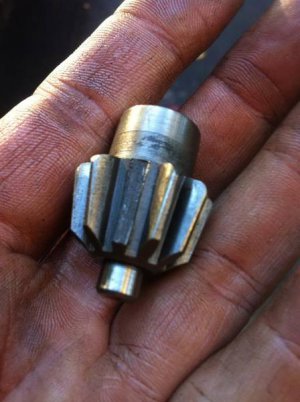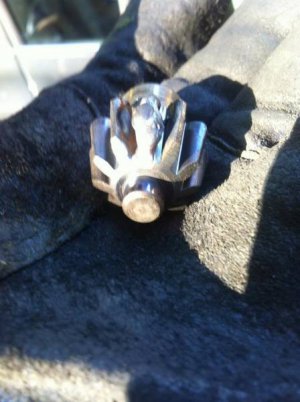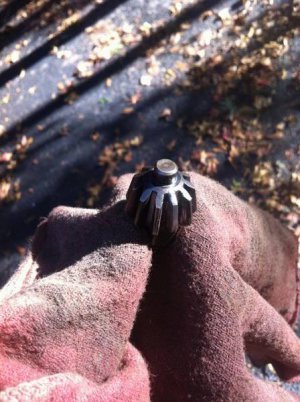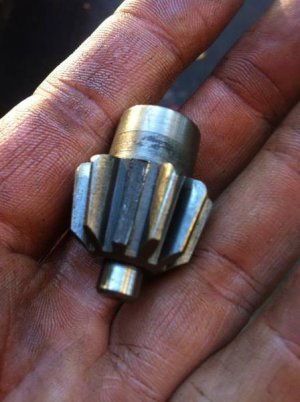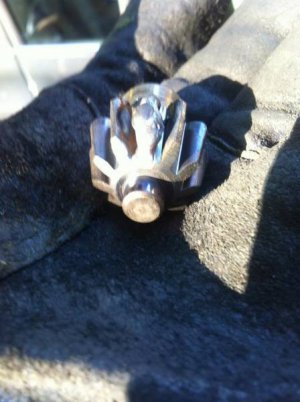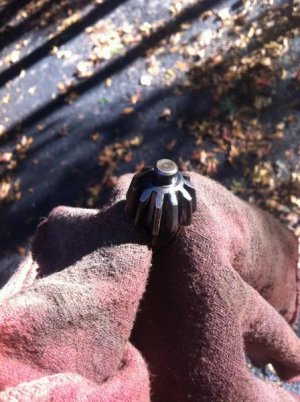A friend of mine is restoring a John Deere model 60 tractor. He's found the differential ring gear is damaged, the original was missing about 30% of one tooth. Bought a replacement, only to find one tooth of the replacement gear is also cracked.
The gear teeth seem to be hardened. We've done a bit of reading on potential repairs, but it sounds like building up with a weld or braze would damage the heat treating of the gear. I'm a green hobbyist, so this type of repair feels very out of my league. I've included photos of the damage on both gears. Would these be considered repairable? They take a pretty good load when the tractor is moving, and the tractor has to be split in half to access them. If one was repaired, and the repair failed it's a pretty big job to get back in there.
Any advice would be appreciated!
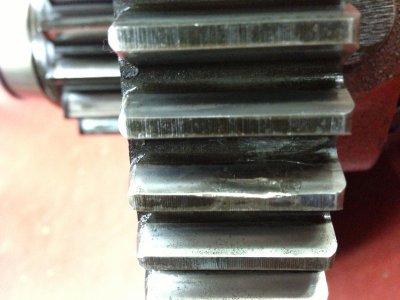
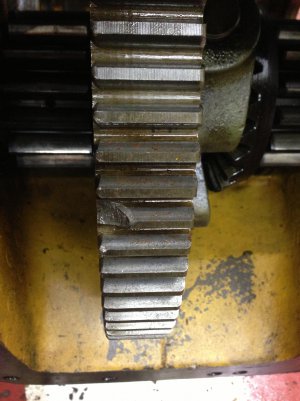


The gear teeth seem to be hardened. We've done a bit of reading on potential repairs, but it sounds like building up with a weld or braze would damage the heat treating of the gear. I'm a green hobbyist, so this type of repair feels very out of my league. I've included photos of the damage on both gears. Would these be considered repairable? They take a pretty good load when the tractor is moving, and the tractor has to be split in half to access them. If one was repaired, and the repair failed it's a pretty big job to get back in there.
Any advice would be appreciated!






